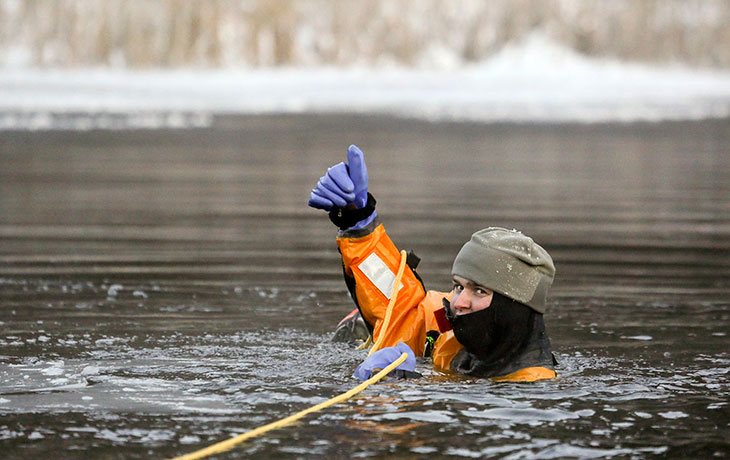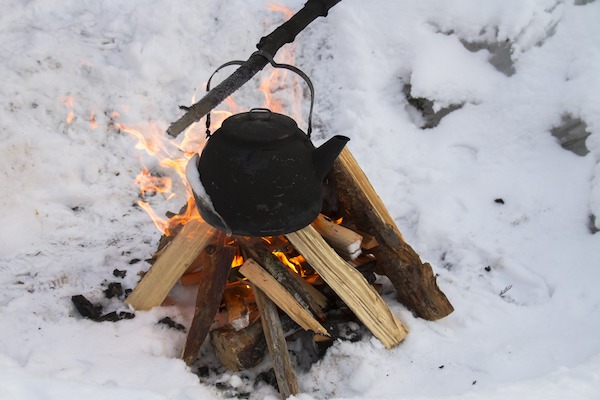How to Survive Winter Emergency Situations
If you are in an extreme situation during winter, knowing how to survive winter emergencies is crucial. Frostbite, hypothermia, dehydration, and getting lost are all potential hazards, and you must stay warm at all times. To stay warm, cover your ears and put your fingers under your arms. Never use hot water as a warming agent. Water between 100 and 106 degrees Fahrenheit is best. Also, make sure that you have enough winter gear in your vehicle. Extreme cold will decrease your vehicle’s effectiveness by 50 percent.

Major snow storms can cause power outages that leave people without hot water, heating, lighting, and communication. Check this SOS Survival Products. To ensure that you won’t be left stranded, purchase an emergency backup power supply. Another essential item is an emergency phone. It can come in handy during power outages, so be sure to keep your cell phone charged. You may even want to prepare a survival kit for an extended winter storm. Here are some other tips for winter storm survival.
What foods should you store in case of an emergency?
The most important things to pack when experiencing winter emergencies are warm food and water, as well as clothing. If you’re in a car, stay on the main roads and use items inside to insulate against the cold. Avoid attempting to walk when it’s cold, since distances can be distorted. Keep an emergency car kit in your vehicle. Be sure to keep an extra battery or two inside your car, and be sure to bundle up with a warm blanket before going outside.
Other items to pack in your winter survival kit include extra clothing and rain gear. A waterproof jacket or windbreaker is essential for staying warm. You should also carry portable flashlights in case of a power outage. This will not only keep you warm but will also help you signal to potential rescuers. Another important piece of winter survival gear is a portable cell phone. Cell phone reception isn’t always reliable in the outdoors, so keep it in working order.
When winter weather forces you to make a shelter in the woods, it’s imperative to gauge the terrain. A dead tree limb can crash down on you, crushing anything below. Avoid cliffs and downhill areas. Instead, choose a spot where you can find shelter. Make sure the shelter you’ve chosen is secure and ventilated. It will be easier to heat a small winter shelter. This is especially useful if you’re in a hurry.
How Do You Stay Warm in Cold Weather?
How do you stay warm in a survival scenario? There are several ways to do this. The first is to conserve your energy. Turn off the cold-shock response by putting on warm clothing and banking on your body heat. Next, curl up into a fetal position over a log. Remember, Rose on the Titanic survived because she was able to keep her body out of water.

If possible, get an emergency radio. The Sangean radio set is full of features for survival situations. It also comes with a long-range signaling range. Having a signal makes it easier to be found. SOS Survival Products Store in Los Angeles. Depending on the severity of the weather, it can take days or weeks for a rescue party to find you. But if you can stay warm and safe for a week or more, you’re likely to get rescued sooner.
How does your body produce heat when you are too cold?
In a cold climate, the human body produces heat for the rest of the body. But when we lose heat, our body’s core temperature goes down. As a result, the blood vessels contract, causing us to experience frostnip or frostbite, or worse. This cold weather can cause shivering, freezing hands and feet, or even slurred speech. So you must protect your body’s heat from losing it through inadequate clothing or footwear.
In addition to a thick coat and a cozy hat, make sure you have good insulation. Keep your feet dry, as wet socks can make them feel cold. And don’t forget to pee every few minutes! The last thing you want is to freeze in your sleep. And that’s what we’re going to do when in a cold survival situation.
How do you survive in the cold environment?
One of the first steps you need to take in a cold survival situation is to keep your body warm. If you get caught out in the cold, hypothermia can kill you much quicker than any other threat. Wear plenty of layers and you’ll be able to stay dry. If you can’t make fire, use flares as an option. A simple way to stay visible is by making signs out of branches or letters stomped into the snow. Using bright colors will help you get noticed even if it is in the dark.
In the case of a winter grid outage, you can also bring your car in an emergency to keep yourself warm. Using a portable generator, you can keep it running to generate heat. If you cannot find a power outlet, try using an emergency blanket. A space blanket, also known as an emergency blanket, can be folded up small to save space in a trunk. The extra insulation it provides can be invaluable in an emergency situation.
What insulates the body from cold and keep it warm?
Another method of staying warm is to build a shelter out of snow or sticks. This way, you can prevent hypothermia by trapping your body heat. Another way to stay warm in the cold is to use alcohol, which lowers the core body temperature. Alcohol is also a great insulator. The other thing you can do is to build a fire. A fire will not only keep you warm but also prevent hypothermia.
Despite the benefits of a winter camp, you need to be prepared for extreme cold conditions. This means making a warm shelter, bringing a heat source, and hunkering down. Without a shelter, you could end up with frostbite or hypothermia. You will also need to eat and drink regularly to maintain your energy levels and body temperature. Once you’ve gotten these essentials, you can move about safely in the woods.
How do insulated clothes keep us warm?
As far as insulation goes, insulating clothing is crucial for keeping warm. Take a look at SOS Survival Products in L.A. A thick, insulated baselayer is essential, but it’s not sufficient if you don’t have a fire. You need to keep a layer of warm clothing around, but it’s still better than sitting around in the cold, drenched in sweat. A tarp can be put over wet clothes to create extra layers of air.
If you’re in the wilderness, a fallen tree will make a great shelter. Then, pile up large branches against it and fill the gaps with smaller ones. Keep in mind that warmth is just as important as food. If you aren’t keeping warm, you’ll run out of food and water. That’s when you’ll need to eat even more. It’s also essential to keep your clothes clean and dry.